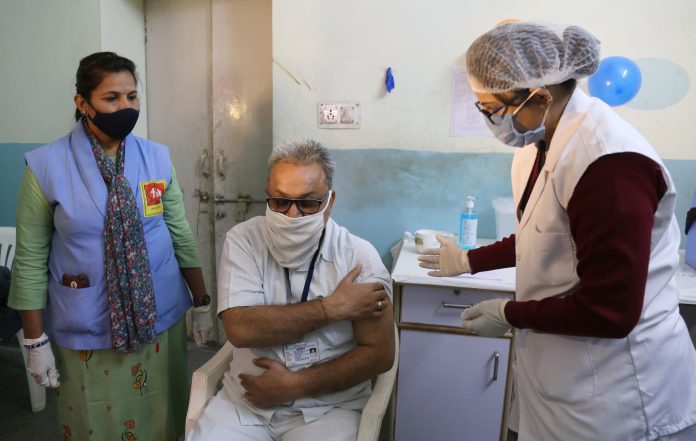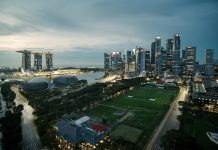Médecins Sans Frontières (MSF) found that over 100 manufacturers in Asia, Africa and Latin America are capable of making mRNA COVID vaccines – but pharmaceutical companies won’t let them
An analysis in collaboration with Achal Prabhala, coordinator of the AccessIBSA project, identified 120 manufacturers across Asia, Africa and Latin America that are capable of safely making mRNA vaccines.
The 120-strong list is legally prevented from creating local vaccine supply, due to intellectual property laws. Essentially, the mRNA vaccines have a recipe – and replication of that recipe, by any entity that lies outside of the Pfizer company, opens up the likelihood of an immense lawsuit.
Negotiations between countries in support of temporarily suspending this law, and countries firmly against, continue to stall in early 2022. Read some analysis of the existing intellectual property law.
Some pro-intellectual property companies argue that these manufacturers are not mRNA producers, leading to potential issues in creation. However, BioNTech turned a cancer antibody factor into an mRNA vaccine factory – in as little as six months, complete with regulatory approval.
Are there enough mRNA vaccines in production?
Yes, but they will be distributed unequally.
Right now, Pfizer and Moderna are likely to create enough vaccines to provide global supply over 2022 and 2023. However, most of these doses will be given to the richest countries, leaving a vaccine-vacuum in the most vulnerable populations.
Countries like the UK and Germany have existing contracts with the pharmaceutical companies that allow them to pre-order doses for booster shots.
The Independent Allocation of Vaccines Group (IAVG) said that “promised donations by high-income countries have often been late to materialize or unpredictable.”
Even if there is enough vaccine supply this year, it is unlikely that the international vaccine-sharing COVAX scheme will be given enough of it. COVAX faced severe constraints in getting adequate vaccine supply in the last few months of 2021.
If a local manufacturer was allowed to create mRNA vaccines in at least one African country, then production capacity would soar to an extra 100 million doses within ten months.
Vulnerable countries have less than 40% vaccinated
According to the WHO, 98 countries have not vaccinated 40% of their population – leaving atleast 1.4 billion people needed urgent access to vaccines. While vaccine supply is predicted to increase later in 2022, resources to administer the shots will remain scarce. For instanced, some countries have been donated access to Pfizer but lack a cold supply chain, enough needles or vaccination centres across the population.
The new WHO goal is that 70% of the global population are vaccinated thrice by mid-2022.
The IAVG further commented: “Although the world is expected to have enough COVID-19 vaccine doses by mid-2022 to vaccinate 70% of the world’s population with three doses, uncertainties abound.
“These include the possible need for variant-specific vaccines, changes to vaccination policies, country preference for some products over others, the programmatic complexity of managing multiple products, and the need for better intelligence on country-level planning and execution.”











